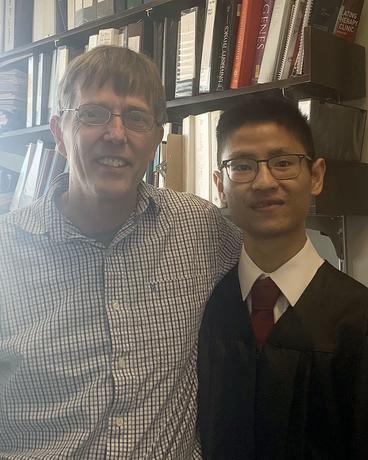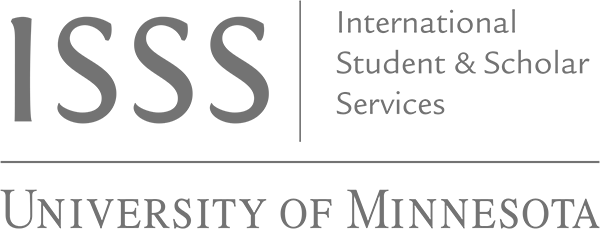Ph.D. candidate uses artificial intelligence to help diagnose melanoma
Artificial intelligence is being used for chatbots, self-driving cars, facial recognition — and, in research by Ph.D. candidate Quincy Gu, to help diagnose melanoma and select the target treatment.
Gu explained that traditionally, melanoma is diagnosed by pathologists looking at abnormal skin lesions under a microscope. Then histology technicians take a sample of the tumor tissue and send it to a lab for genetic testing to find the best treatment option for that specific patient. The new process could automatically identify the tumor tissue and determine genetic mutation status from the digitized biopsy slides, enabling doctors to find the right treatment for an individual patient more quickly.
The new technology is able to achieve an 89 percent pixel-level accuracy in identifying melanoma tumor tissue from the whole slide images.
“This means for every single pixel of a melanoma patient’s whole slide image, our AI model has an 89 percent chance of successfully identifying it as a melanoma or non-melanoma pixel,” Gu said.
Finding a career path
Gu experienced some serious health issues before he started at the University of Minnesota as an international student in 2016.
“I do not want anyone else to suffer what I have suffered,” Gu said. “I have a personal interest in medicine.”
He thought about medical school, but knew it would be difficult to find a school in the U.S. that accepts international students.

Instead, Gu decided to look into research opportunities that would combine his interests in computer science and medicine. He found a position with Dr. Timothy Starr, working on a colorectal cancer survival analysis project.
“He didn’t just teach me how to finish the research project,” Gu said. “He actually taught me how to do science, how to find resources, how to think like a Ph.D. student while in undergrad.”
Gu applied to the biostatistics Ph.D. program, but realized it wasn’t the right fit. He instead ended up in the Biomathematics, Bioinformatics, and Computational Biology program at the University of Minnesota Rochester, which allows him to work closely with the Mayo Clinic.
“Mayo Clinic puts the needs of the patient first,” Gu said. “That really inspired me, and is the major reason that I ended up in this program.”
But he says success as a scientist is not just about how much hands-on work you do.
“It also depends on how you sell your research,” Gu said. “If you can’t talk with people outside your domain and make them understand your project, that means you’re not successful at being a scientist.”
He has practiced explaining his work to friends and family members. He’s also organizing a student-led biomedical research conference (SITDP 2023) at Mayo, where the target audience is undergraduate and graduate students, as well as some high school students.
“The goal is to make them understand you and feel interest in your research and make them think about ‘Maybe I want to be a scientist,’” Gu explained.
Advice for international students
Gu said it’s important for international students to reach out to faculty if they are interested in research.
“Speak up for yourself and show your abilities,” he said. “There are always faculty willing to take students, even at the very beginning of their training.”
He also advised students to think beyond the stereotype of what a Ph.D. is.
“Getting a Ph.D. doesn’t always mean you have to be a professor. You can do whatever you want.”
Gu himself does not plan to be part of academia. This summer, he will be joining Roche as an imaging scientist.
“I prefer to see my scientific research turn into a real product that can be used clinically to fit the needs of patients,” Gu said.
